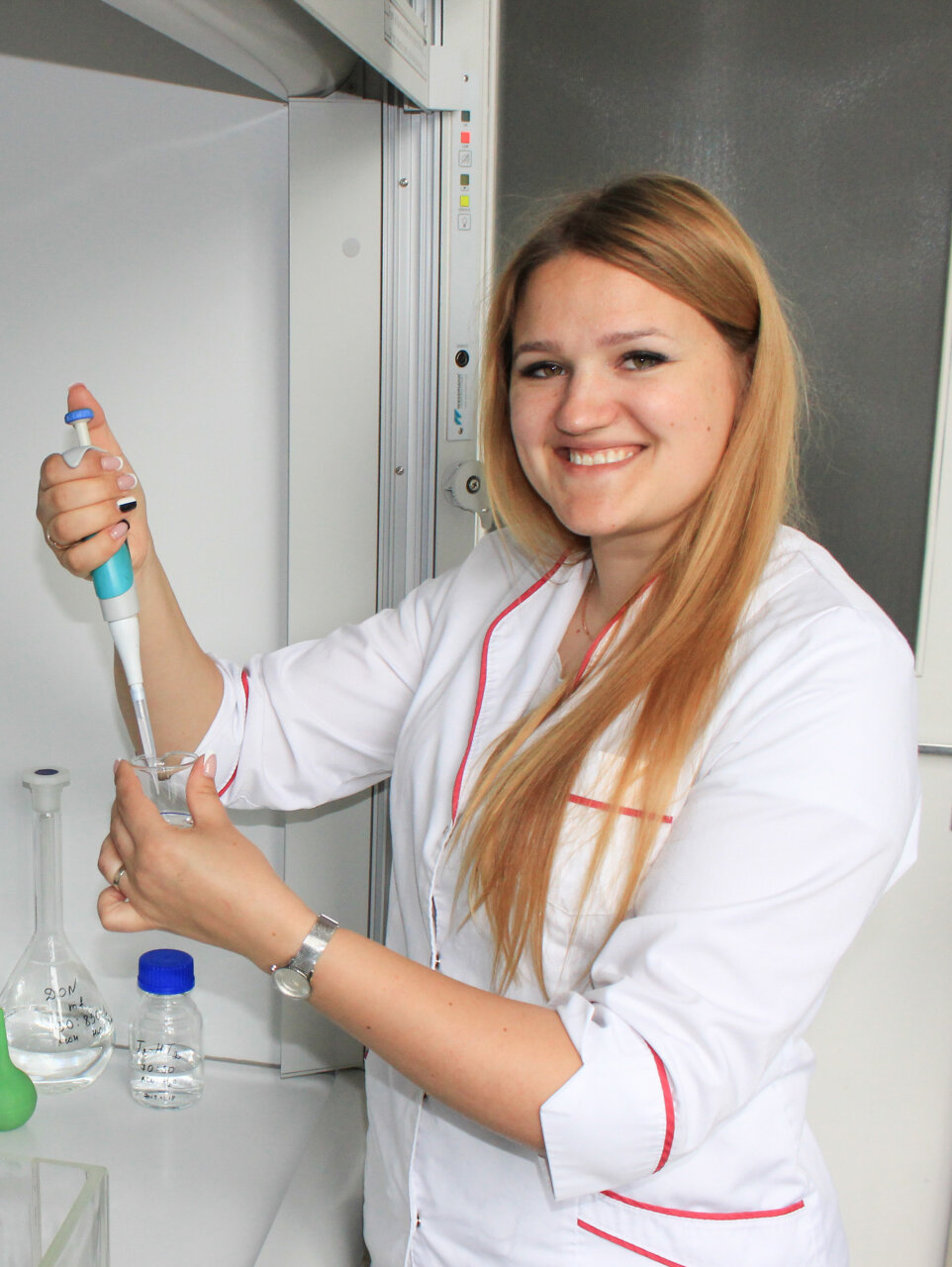 ORCiD iD: 0000-0003-4251-1944
ORCiD iD: 0000-0003-4251-1944
Mob. +370 635 74 997
E-mail: sigita.janaviciene@lammc.lt
Instituto al. 1, Akademija, LT-58344 Kėdainiai dist., Lithuania
Education
2014–2019 PhD studies, Lithuanian Research Centre for Agriculture and Forestry.
2012–2014 Master’s degree in Ecology (Agroecosystems), Faculty of Agronomy, Lithuanian University of Agriculture (since 2019 Vytautas Magnus University Agriculture Academy).
2008–2012 Bachelor’s degree in Ecology, Faculty of Forestry and Ecology (Applied Ecology), Lithuanian University of Agriculture.
Academic degree
2019 Doctoral degree in Agronomy, dissertation topic “Changes in type A and B trichothecenes, important grain quality factors, during cultivation of spring cereals and grain storage“.
Research fields
Position
Since 2023 Senior Researcher, Plant Pathology and Protection Department, Institute of Agriculture, LAMMC
Involvement in programmes and projects
SCIENTIFIC PUBLICATIONS (click the link here)